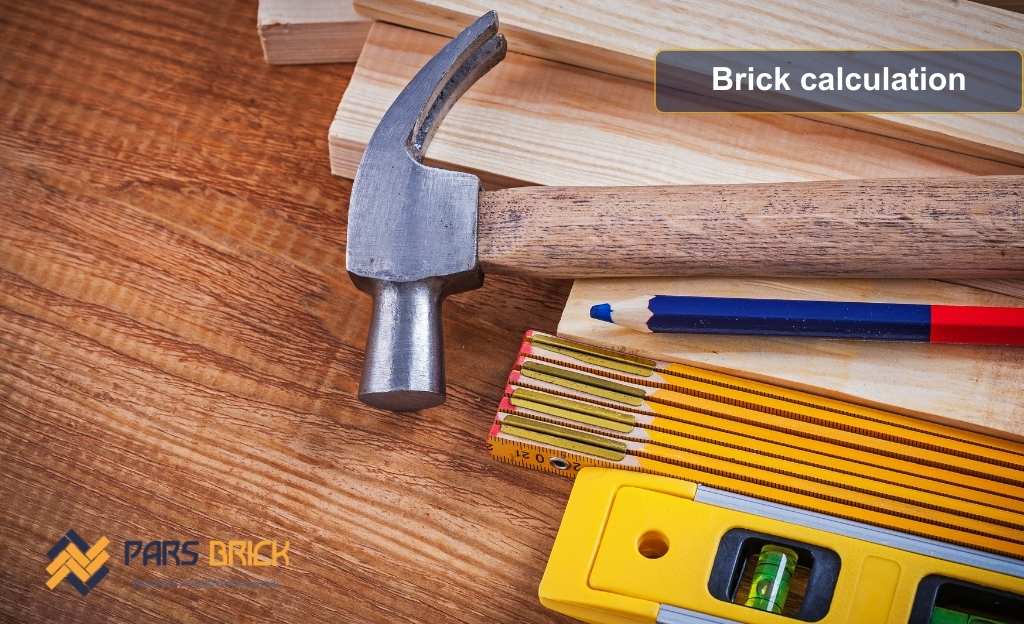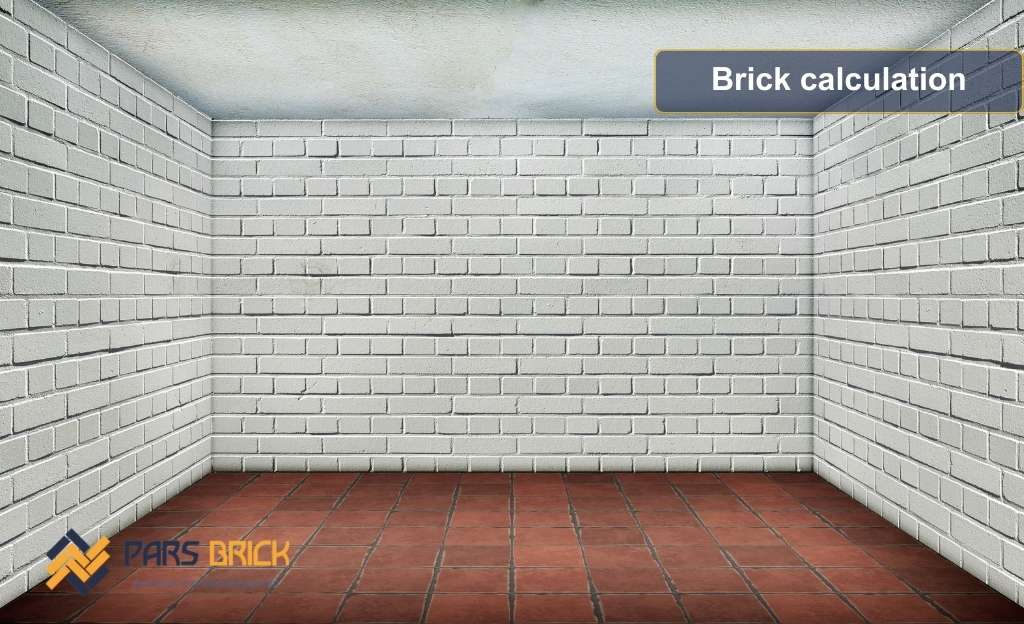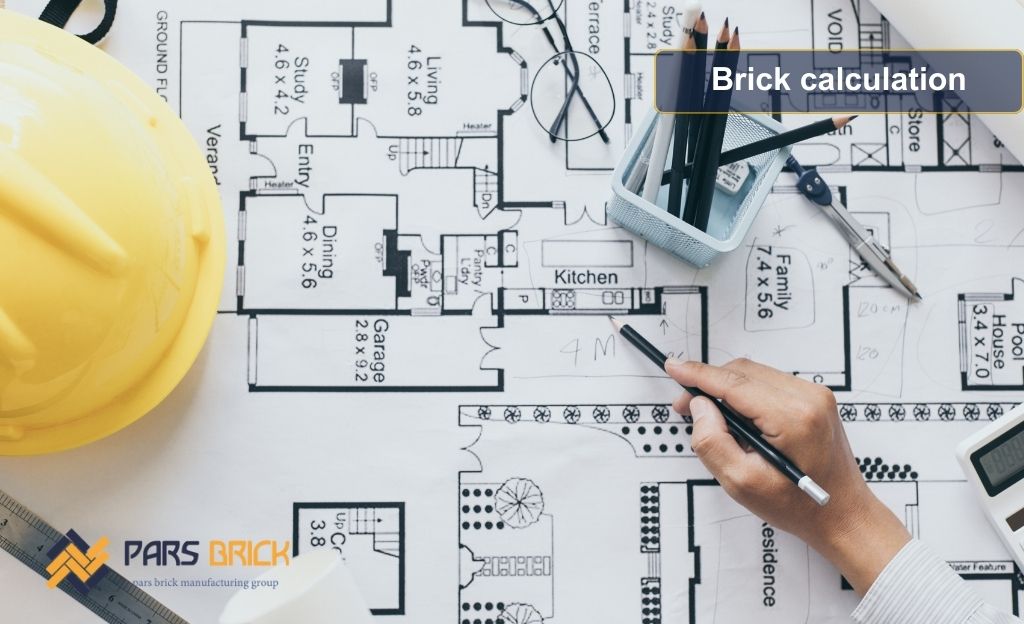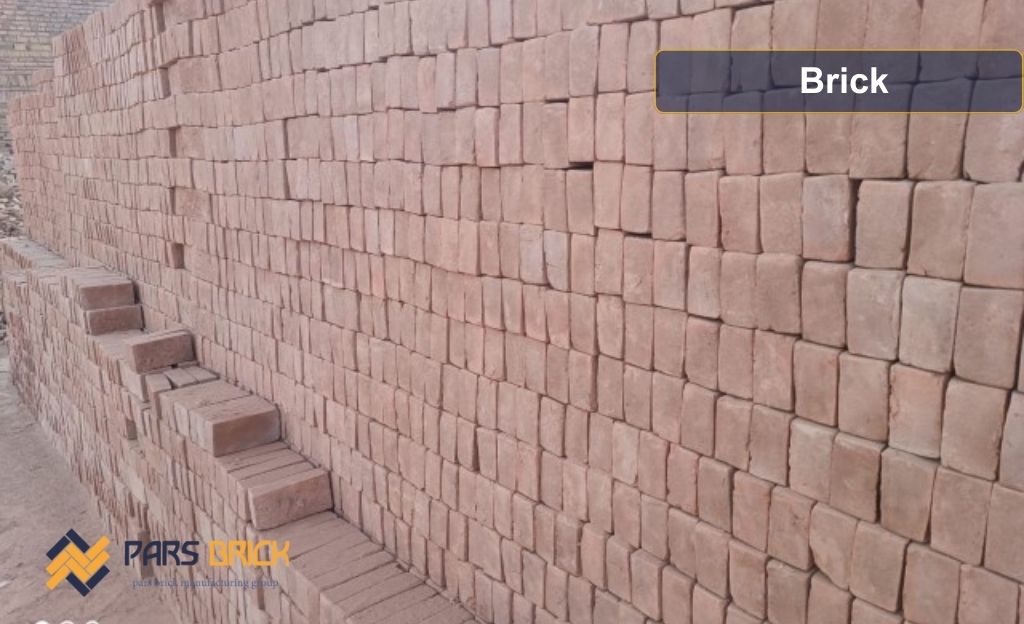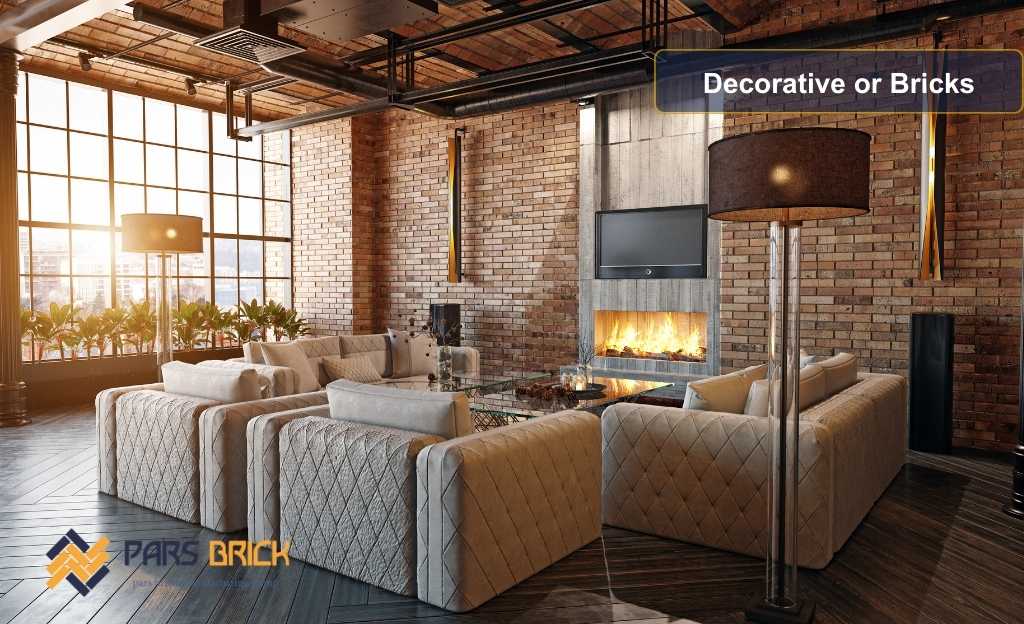The Diversity and Evolution of Brick Dimensions Throughout History
Since bricks are made by firing raw clay, their dimensions in every historical period have been more or less similar to those of the raw clay blocks (mud bricks) used at the time. However, the dimensions of bricks in any historical structure do not necessarily represent the exact period in which they were made. This is because, in each era, factors such as the type of soil, location, and construction methods influenced the size of the bricks. (For example, if the soil was loose, the bricks would be smaller.)
For more information, feel free to check out our Brick facade
Elamite Period
During the Elamite period, the use of whole bricks was more common than half bricks. In the study of Elamite tombs (2nd millennium BCE), brick dimensions were categorized into three groups:
- 28 × 23 ~ 24 × 7 cm
- 38 × 32 × 6.5 cm
- 27 ~ 28 × 25 × 7 cm
Median Period
In the Median period, the use of half bricks became more prevalent:
- 33 × 33 × 10 cm
Parthian Period
In the Parthian period, the use of half bricks was also more common. The dimensions of bricks from a fortress dating back to the Parthian era were as follows:
- 8 × 32 × 32 cm
- 10 × 40 × 40 cm
Post-Islamic Period
The general shape of bricks used in various structures after the advent of Islam was mostly square, with varying dimensions:
- 37 × 37 × 9 cm
In the early Islamic centuries, the diversity of bricks was somewhat similar to that of the Sassanian period, with an average size of 10 × 33 × 33 cm.In the 4th century AH (Islamic calendar), bricks reached their smallest dimensions, with an average size of 5.5 × 18 … 6.5 × 8 cm.During the Seljuk period, standard bricks became larger, with an average length and width of 26 cm.
This historical evolution of brick dimensions reflects the changing needs, materials, and construction techniques of each era. For more information about the mathematical calculations of bricklaying, please contact the experts at PARS Brick Company.
Ilkhanid Period
During the Ilkhanid period, a variety of brick sizes ranging from 18 to 38 cm were used. The most common dimensions were 20 to 22 cm in length and width, with a thickness of 4.5 to 5 cm. These bricks were available in a range of colors, including:
- Pale yellow
- Yellowish-brown
- Dark red
- Earthy tones
From the reign of Shah Abbas onward, brick dimensions became more standardized, averaging 23 cm in length and width. Bricks of this size are still commonly used today (5 × 24 × 24 cm).
Zand Period
During the Zand period, due to the unsuitable soil in Shiraz, bricks were fired in Lar with dimensions of 23.5 to 24 cm. These bricks are famously known as “Karimkhani bricks.” Large rectangular bricks from this era, referred to as “Alinaqi Khani bricks,” have also been preserved. These were often used along the edges of garden beds.
For more information, feel free to check out our refractory bricks (fire brick)
Qajar Period
The standard brick size during the Qajar period was 4 × 19.5 × 19.5 cm.The dimensions of bricks used for flooring differed from those used in walls. For example, Seljuk-era floor bricks measured 44 × 40 cm and were famously known as “Nizami bricks.” These bricks became popular during the Qajar period, particularly for flooring and roofing.Bricks measuring 20 × 20 cm were referred to as “flooring bricks.”
Brick Thickness and Variations
The thickness of bricks has also varied significantly throughout history. The thickest bricks measured 13.5 cm, while the thinnest were approximately 3.3 cm.
Learn More About Brick Types by Material
For further information about the types of bricks based on their material, please contact the experts at PARS Brick Facade Company.This historical overview highlights the evolution of brick dimensions and their adaptation to the needs and materials of each era, reflecting the ingenuity and craftsmanship of builders throughout history.

